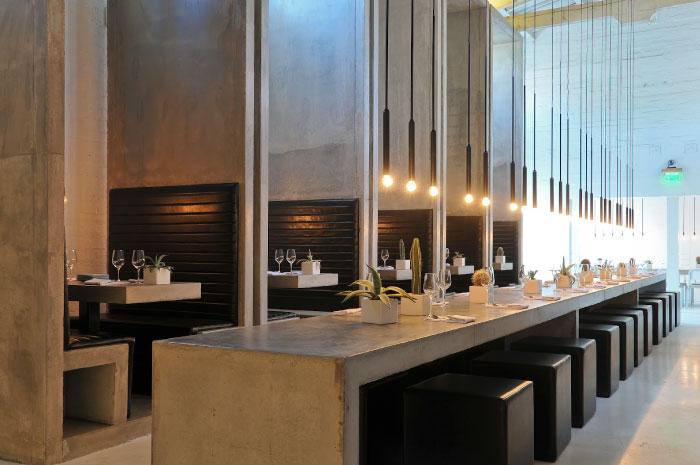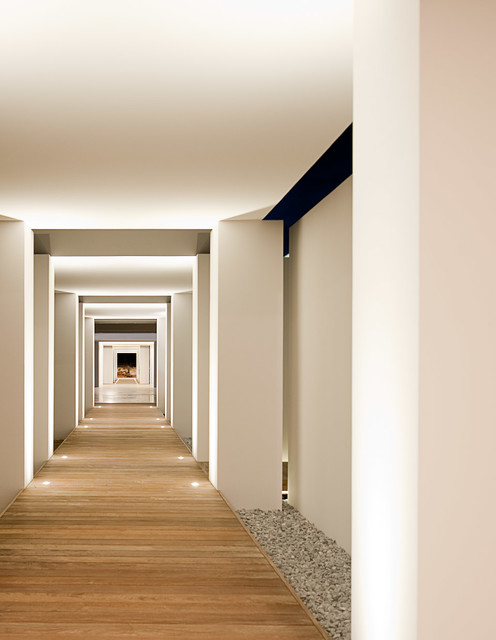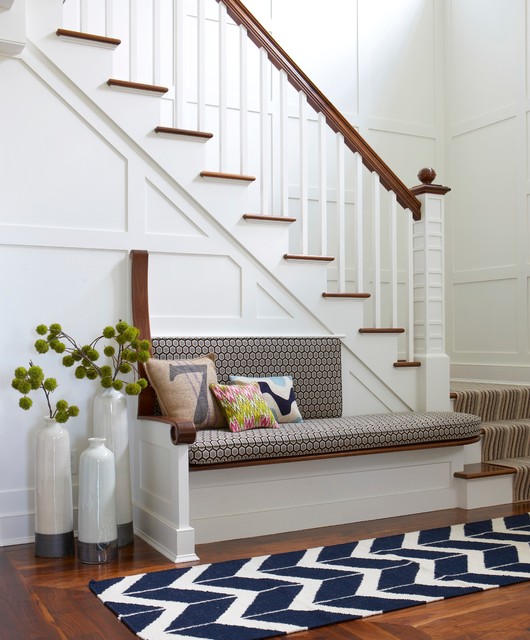In interior design rhythm carries the eye along a path at a pace determined by the elements that illustrate it. Repetition refers to the.

Principles Of Interior Design Part 2 Rhythm
To achieve these themes in a design you can use repetition of lines forms colours or textures.

. Here are the five basic types of rhythm in interior design of which I will give examples of. In Interior Design rhythm is all about visual pattern repetition. Rhythm can be created with patterns color structure size or texture.
Traditionally there are three types of rhythm you can use in your interior design. There are five flavors of rhythm. In order to achieve rhythm in your own homes design youll have to think about repetition progression transition and contrast.
Rhythm created by a gradual change in size or color. Repetition is the repeated use of a particular design element or structure. It carries the eye along a path at a pace that is comfortable for the viewer.
Examples are a gradation of colour or a series of objects that start small and become large in a very regular manner. NJI is now part of the Meyer brand. Rachels love for interior design begins and ends with a belief that a persons surroundings directly influence their quality of life.
It is defined as continuity recurrence or organized movement. Serious interior designers should not stop until they feel the appropriate level of rhythm was achieved. The art of perfecting the details is what brings enjoyment to your every day experiences.
See more of radiation rhythm on facebook. We are excited by the numerous opportunities this presents to our customers and employees. Progression 45 Interior design elements placed according to size from smaller to bigger ones or perhaps according to the gradient of their colours.
Repetition is a common means of creating rhythm and moving the eye through a space. About Gradation Interiors. Incorporating these mechanisms into your interior youll be able to create a sense of.
In interior design rhythm is all about repetition of design elements that help to create movement within a space. Rhythm can also be achieved through progression. The proper use of this principle will create excitement and interest within a space.
Rhythm sets up those patterns leading the eye to the next point and the next and the next. Rhythm The principle of Rhythm essentially suggests a connected movement between different elements of interior design. In interior design rhythm is all about repetition of design elements that help to create movement within a space.
About Solutions Our Impact News Events GO TO MEYER HOME. What does rhythm by gradation mean in interior design. The barajas airport by richard rogers and estudio lamela is an excellent example of rhythm achieved through repetition and progression of colour.
See our full suite of service solutions here. Rhythm is also used to establish a continuity and flow within a room. Interior design should serve as a visual guide for a person to understand a living space and without unity the visual guide will only end up confusing the person.
Rhythm can also be created by progression transition or contrast. Rhythm by gradation or progression. It allows for unity and evolving variety in a design.
Known for creating sophisticated and sublimely livable spaces she infuses her palette. Like rhythm in music rhythm in design brings a sense of movement to a space. Rhythm may be applied in bold statements that make an obvious suggestion about a path of travel or more subtly applied to move your eye about a space without you even realizing the rhythm is there.

Rhythm By Repetition 2 Achieved By Repeating Color Line Form Or Texture Architecture Architecture Design Architect House

How Does Rhythm In Design Engage Your Eyes Your Own Unique Decor

What Is Rhythm In Interior Design Learn To Apply Tilen Space

5 Ways Rhythm Engages Your Eye

5 Ways Rhythm Engages Your Eye

Interior Design Principles Rhythm Art Life Fun New Zealand

How Does Rhythm In Design Engage Your Eyes Your Own Unique Decor

0 comments
Post a Comment